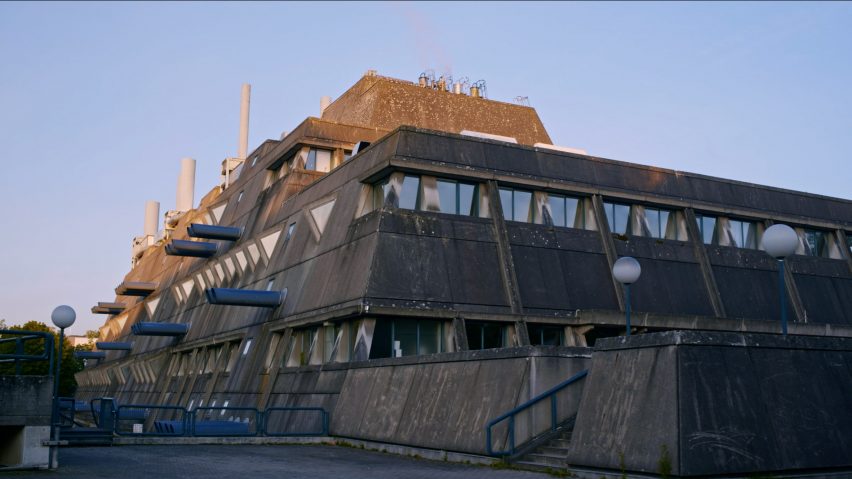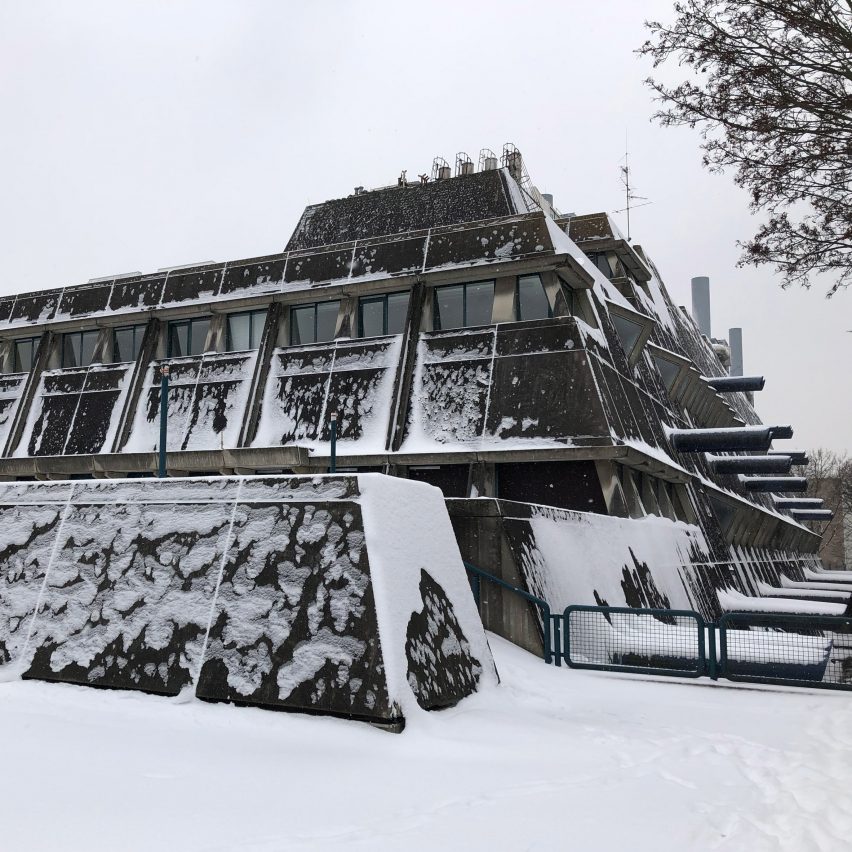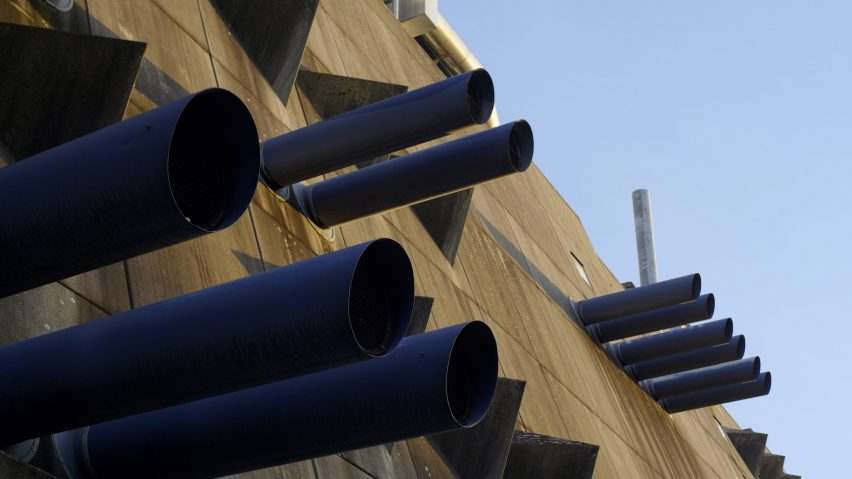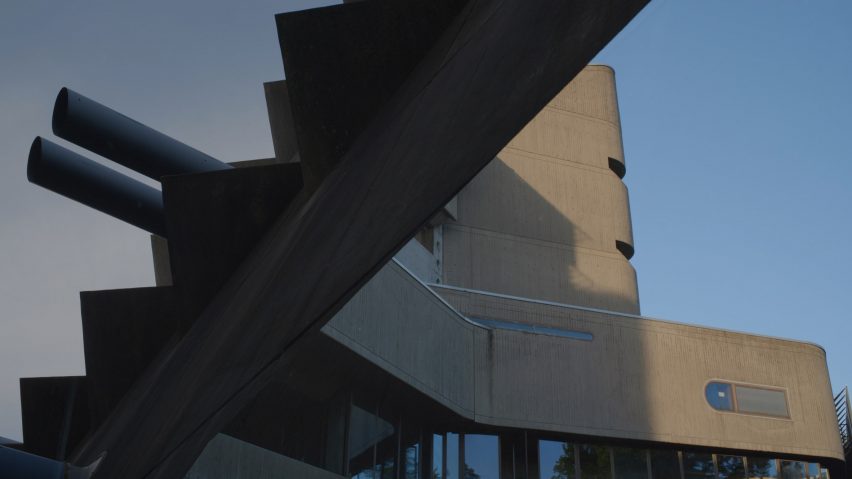
Brutalist Mäusebunker building saved from demolition in Berlin
The brutalist Mäusebunker laboratory has been saved from demolition in Berlin after the local authorities listed it as a historical monument.
Completed in 1981, the concrete edifice had previously been under threat of destruction after becoming vacant in 2010.

The news of its listing as a historical monument by the State Monuments Office was revealed by German newspaper Tagesspiegel.
In an interview, the department's head of heritage protection Christoph Rauhut told the Tagesspiegel that Mäusebunker's listing had not been done earlier as a demolition permit was already in place.
"It was due to the already existing demolition permit," said Rauhut. "The State Monuments Office had not examined the case," he continued.
"Brutalism had, after all, only gradually moved into the public consciousness after the SOS Brutalism exhibition in 2017 at the Frankfurt Architecture Museum."

Mäusebunker was designed by German architects Gerd and Magdalena Hänska for animal research.
It is best known for its distinctive pyramidal form and other defining features such as projecting blue pipework and large triangular windows. Its protected status was granted following the listing of the adjacent Hygiene and Environmental Medicine building in 2021.
Prior to its listing, the future of Mäusebunker had become a divisive subject in the city, with campaigns to save it running up against opposition – a conflict that became the focus of filmmaker Nathan Eddy's film Battleship Berlin.
In the film, Axel Radlack Pries – the dean of the Charité hospital that owns the building – described it as a "monster" and supported its demolition. Meanwhile, Johann König who founded the König Galerie in a brutalist church proposed transforming it into a cultural centre.
Though its future use is yet to be determined, the State Monuments Office recently shared a report about the building that said it "has the potential to become a trademark".

The report also stated that Mäusebunker has "the potential to become a brand that can inspire entrepreneurs, researchers and creative people to innovate".
Brutalist architecture is characterised by monolithic concrete forms, which make it one of the 20th century's most controversial architectural styles.
Buildings from the movement are under threat around the world, but many are also being saved. In the US, Marcel Breuer's brutalist office in Connecticut recently reopened as Hotel Marcel, while the Park Hill estate in Sheffield has completed its latest phase of refurbishment.
The photography is by Nathan Eddy.